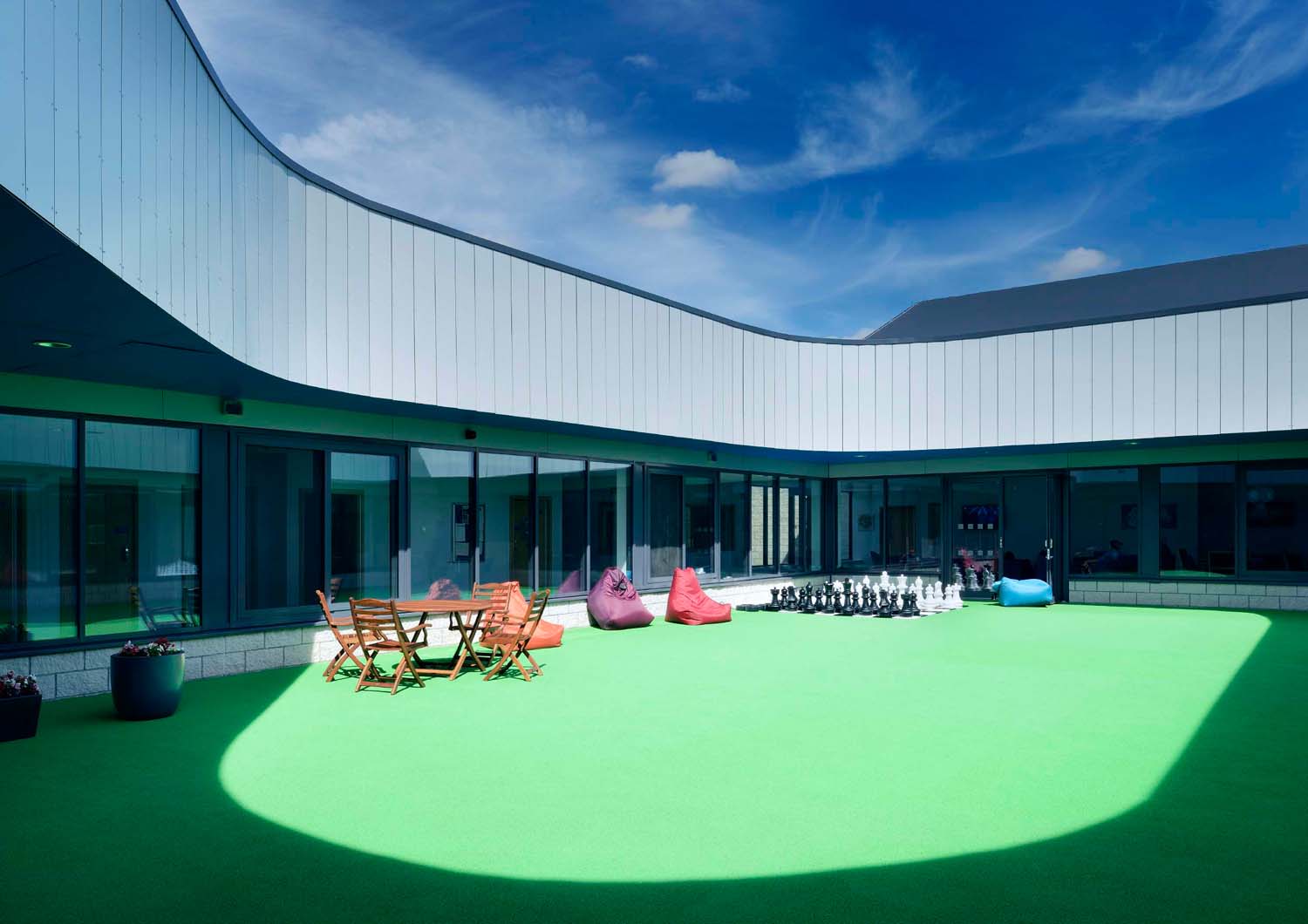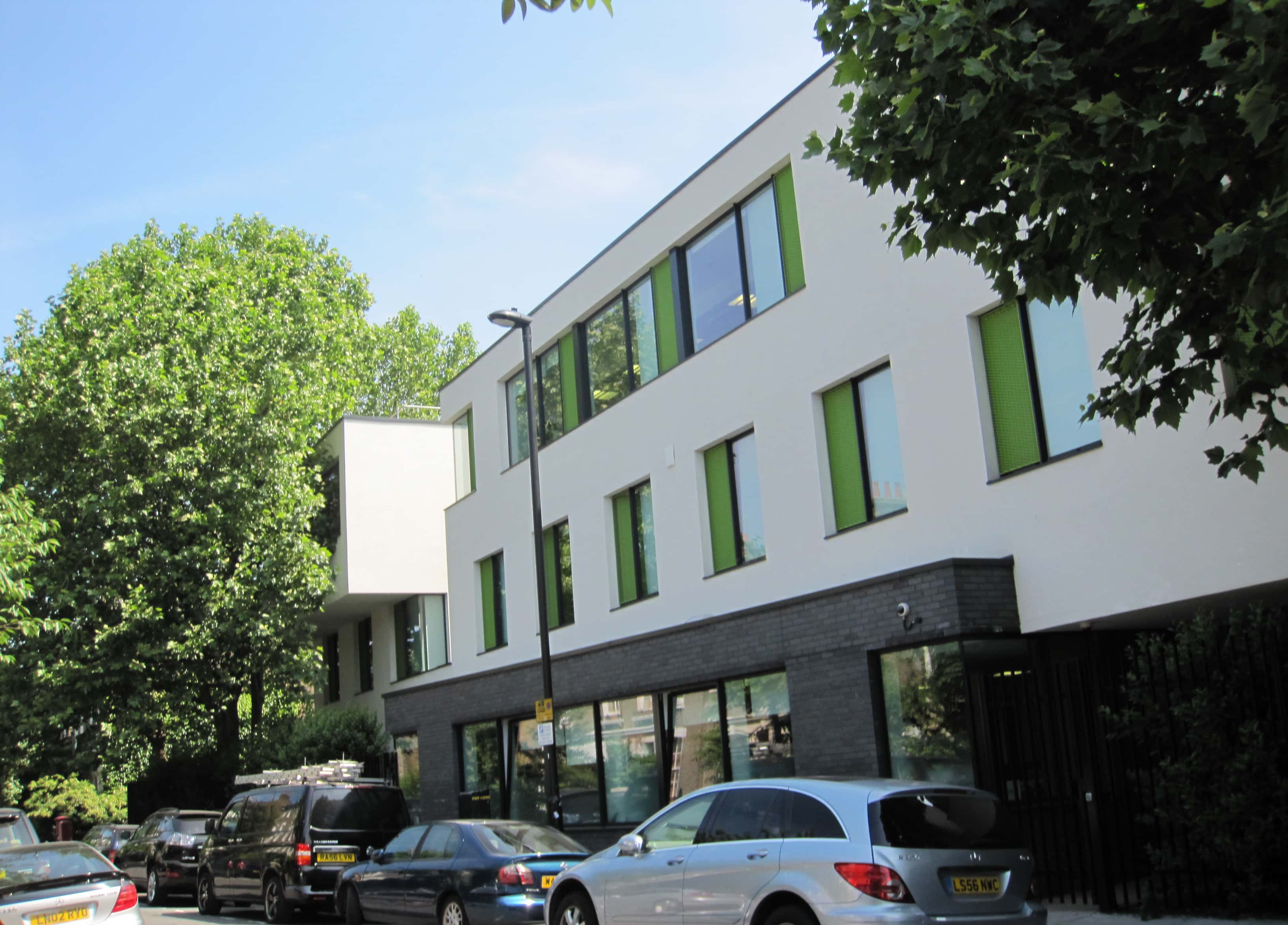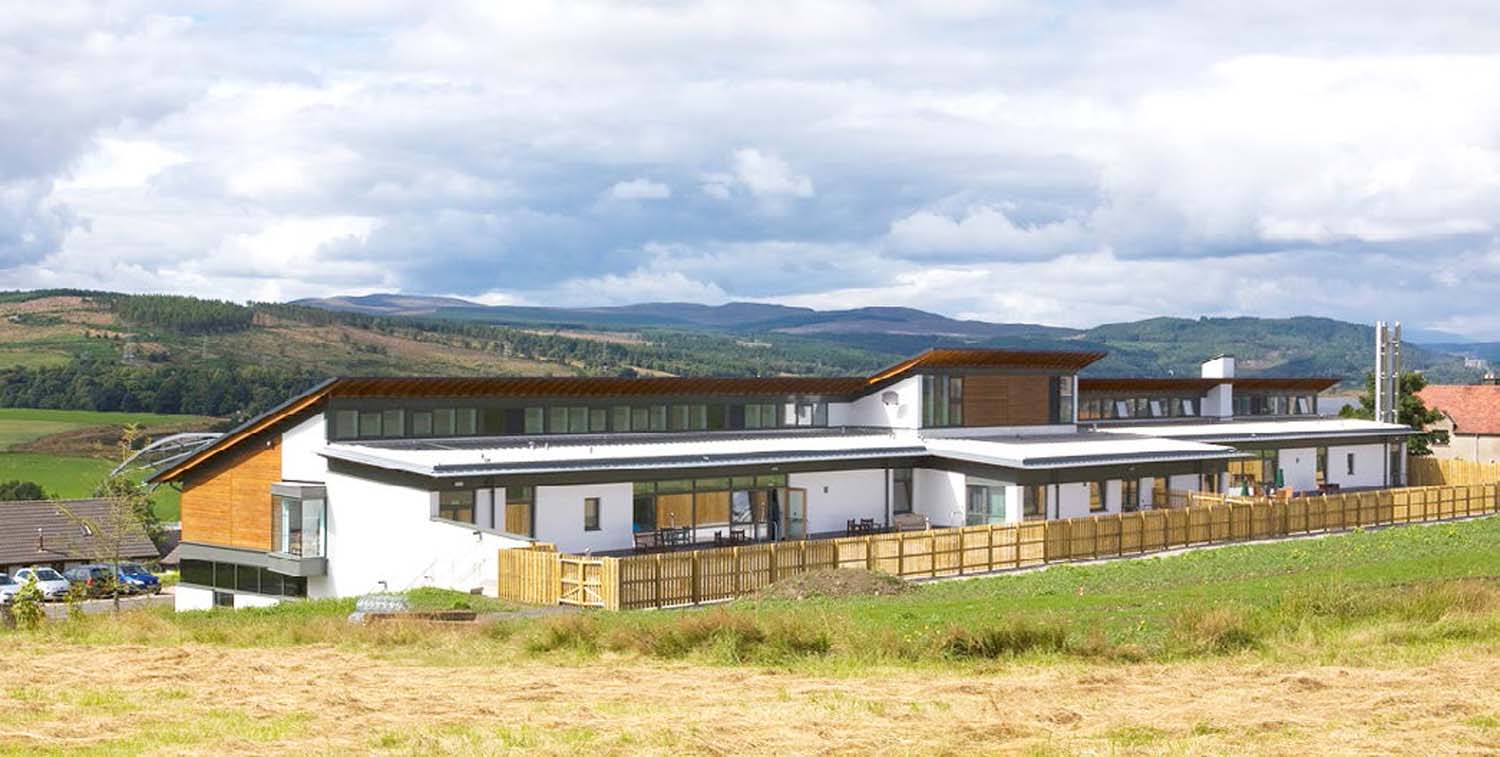Elmview and Muirview Wards, Stratheden Hospital
Learn how involving patients and staff throughout the design process has set a benchmark for mental healthcare in Scotland.
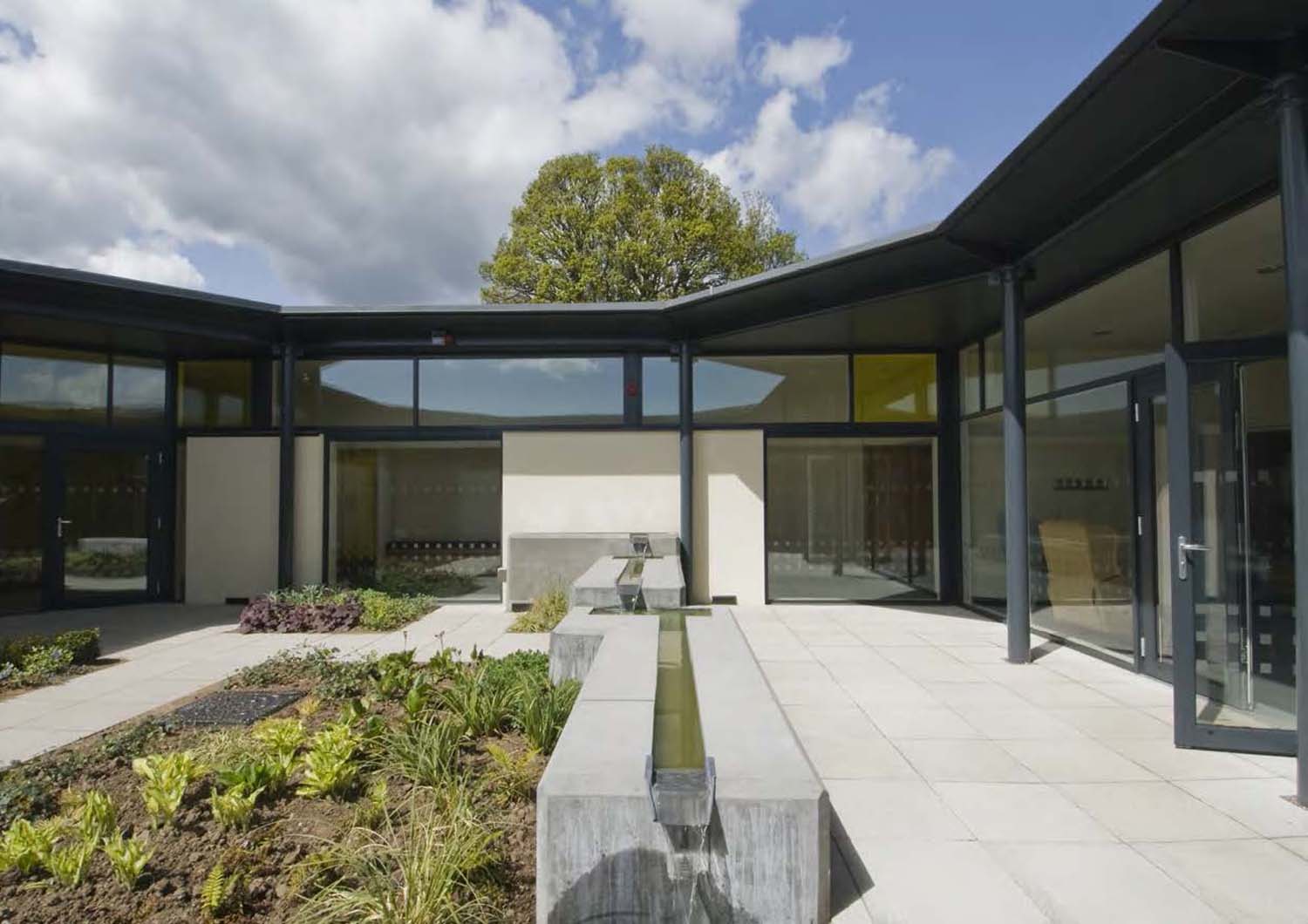
An award-winning mental health facility at Stratheden Hospital in Fife is showing how thoughtful design can benefit both patients and staff.
The facility, opened in 2009, is considered a success by staff and patients alike. It has gained recognition in the construction industry with local and national awards.
Central to its success was involving patients and staff throughout the development. They were consulted from early in the design process to after the first ward was completed.
This helped the design team understand what worked and what they could do better.
What this case study covers:
Involving patients and staff in the design brief
The design team engaged with patients, staff and NHS Fife to understand their needs and develop an evidence-based design.
For example, they were keen to talk with charge nurse Fiona Kellock. She had more than 20 years’ experience in dementia care and was vocal about how things could be improved in the new building.
Fiona took them through the daily routines of life on the ward, highlighting how she thought things could be improved for patients and staff.
Involving patients and staff early helped the design team put together a well-developed brief. It identified the business needs and service requirements, which the team included in the output.
Staff felt engaged with the process and appreciated being involved at such an early stage, particularly when the design had not yet been developed.
It also shows how small and medium-sized enterprises without much experience in the sector can, with a robust briefing process, draw out enough information for a design framework.
“When the architects came and spoke to them personally and said, ‘We haven’t spoken to your managers, we’re speaking to you,’ was a huge boost to them. To be involved right at the start saying we haven’t designed anything here – you tell us what you want – I think was a big thing for them.”
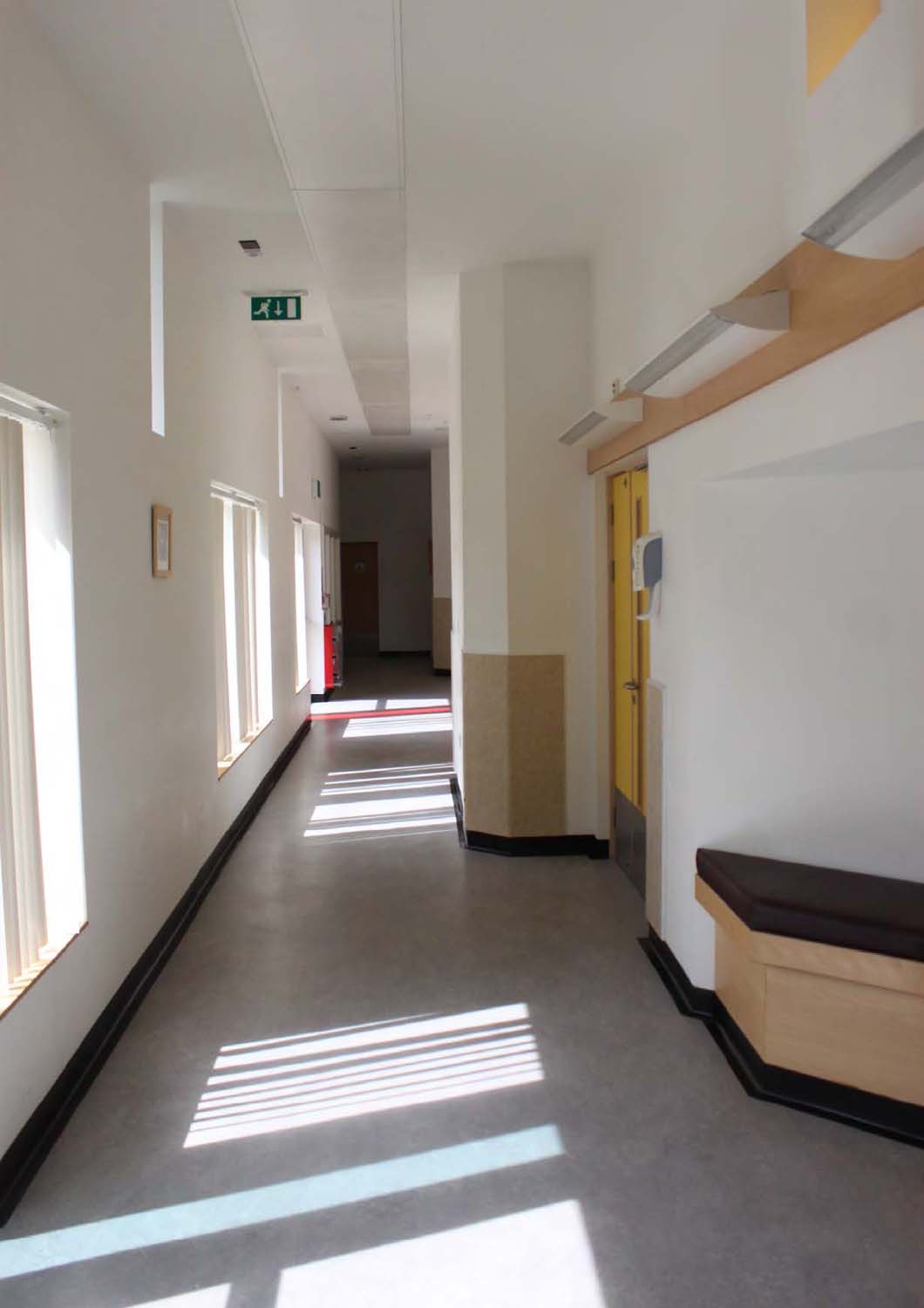
Involving patients and staff during development
The design team also got feedback from patients and staff after the first ward was completed to inform the development of the second. They made some changes to the design including:
-
Circuitous routes around each courtyard rather than ward corridors. This created clearer paths for patients to wander down, particularly those with dementia, and shortcuts for staff.
-
Each ward’s lounge was moved to a quieter, more sunlit part of the building.
-
Staff were given better access to services within corridors to do maintenance work without disrupting patients.
“The user-centred design approach that has been developed by NHS Fife at Stratheden signifies the importance of pre-construction collaboration and design evaluation. It adds value by generating staff, patient and visitor benefits.”
Patient benefits
NHS Fife has found that lower levels of direct physical intervention have been needed since opening. This suggests that patients seem to be happier in the new facility.
The knock-on effect is that this frees up more staff time to undertake other tasks and provide more focused care.
Some of the benefits for patients include:
- Courtyard gardens give patients a level of sensory stimulation – from social spaces to spectacular views to the surrounding landscape.
- Spacious bedrooms provide generous amounts of natural daylight. Large bay windows with seating and wide views out are well used by patients and visitors alike.
- The building has a homely, non-institutional atmosphere, helped by the designer’s taking inspiration from the domestic context when choosing the materials.
“When relatives come to see it, they go ‘wow, that’s great!’”
Sustainability approach
The sustainability approach to the building was achieved through the use of passive low-carbon design elements. This combined good insulation, abundant natural daylight, and maximum natural ventilation.
Header image credit: Graeme Armet
Related case studies
We have more case studies on healthcare facilities available on our website. These case studies cover a broad range of projects ranging from hospitals to dental practices.

